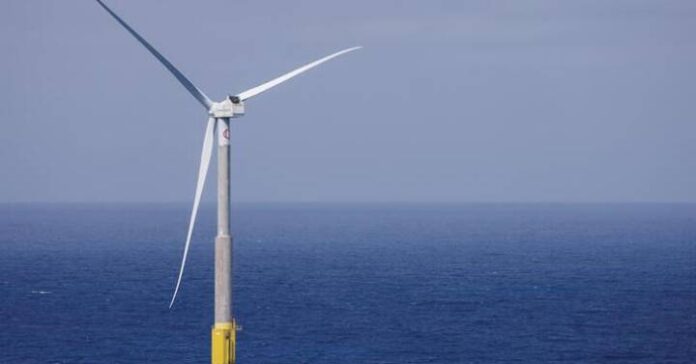Reducing subsidies hurts your business, but wind is getting cheaper on its own
Vestas Wind Systems and Siemens Gamesa Renewable Energy are better at making windmills than money. Despite booming demand for wind farms, the European duo, which has a combined market value of €34bn, could post a loss this year due to rising raw material costs. But now that wind power is cheaper than fossil fuels, at least the price pressure is easing.
For being the dominant players in such a hot market, their difficulties are strange. Denmark’s Vestas, the world’s largest manufacturer with a 16% market share, has $47 billion worth of orders, including service contracts, as countries speed up plans to decarbonize power grids. Siemens Gamesa, a leader in marine turbines, has an order book of 33,000 million.
However, the boom does not appear in their income statements. In 2017, Vestas generated €1.2 billion of operating profit on €10 billion of revenue. By 2024, it is expected to generate sales of $17 billion, but the same level of operating profit as seven years earlier, according to forecasts compiled by Refinitiv.
The reduction in margins is largely due to the fact that governments have eliminated subsidies for renewable energy. However, wind power has since shown that it can go ahead under its own sails. At €50 per megawatt-hour of electricity, up from €200 a decade ago, its total costs are comfortably lower than for power produced from natural gas. The invasion of Ukraine by Vladimir Putin has given wind power even more steam.
It is a relief for the new CEO of Siemens Gamesa, Jochen Eickholt. After four years of stagnant or falling unit prices, the German has managed to drive an average 30% rise in new land-based turbine sales to offset the rise in the cost of steel, the main ingredient in the giant blades.
The problem is that these improved conditions only apply when the turbines are delivered within two or three years. In the last comparable quarter, Siemens Gamesa’s unit price for onshore turbines was 17% lower than Vestas’.
However, investors keep the faith. Shares of Vestas and Siemens Gamesa have tumbled from their highs in early 2021, but continue to trade at an enterprise value-to-ebitda multiple of 21 and 26 times, respectively. This reflects the hope that, over time, they will do a better job of turning wind power into cash.














